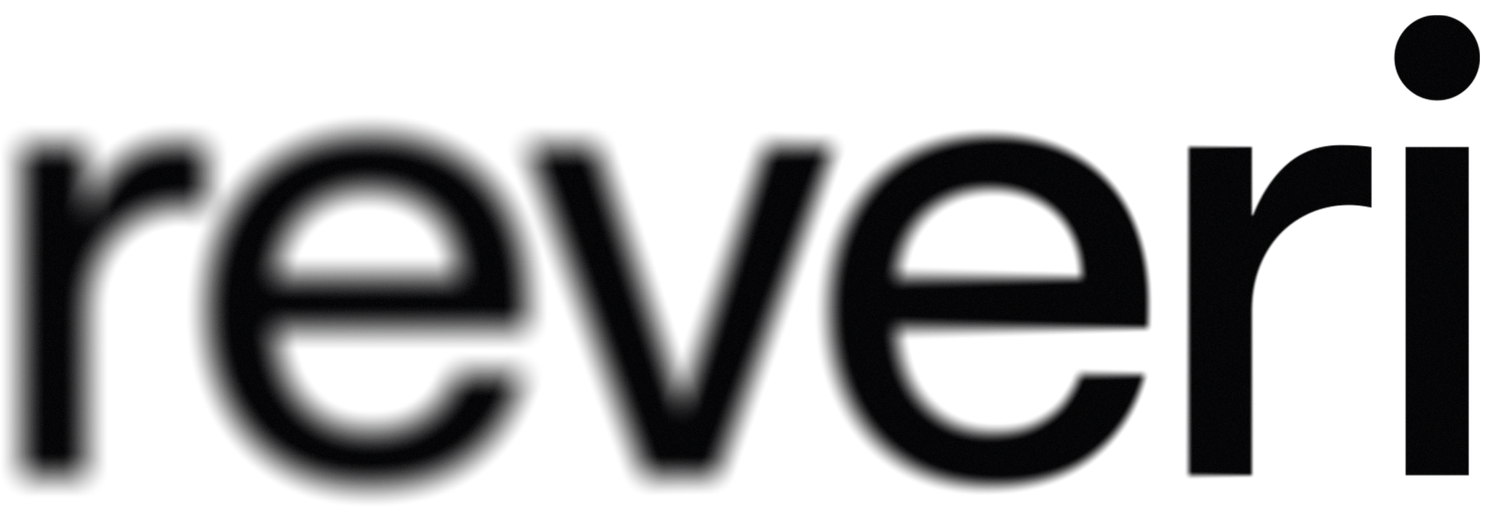Botox for Migraines: How It Works and Where It’s Injected
Chronic migraines can be life-disrupting, making even the simplest tasks difficult. If you’ve been searching for an effective treatment, you may have come across Botox for migraines as an option. While Botox is often known for cosmetic treatments, it is also FDA-approved for chronic migraine relief, helping many people reduce their headache frequency.
In this guide, we’ll explore how Botox for migraine headaches works, where the injection sites are, what to expect during the procedure, and the potential side effects.
How Does Botox for Migraines Work?
Botox (onabotulinumtoxinA) is a neurotoxin that blocks pain signals before they reach the brain. When used for chronic migraines (15 or more headache days per month), Botox is injected into specific areas of the head and neck to help reduce the frequency and severity of migraine attacks.
Rather than stopping a migraine once it starts, Botox for migraines works as a preventive treatment by inhibiting neurotransmitters involved in pain signaling. Unlike traditional painkillers, Botox provides long-lasting relief without daily medication or systemic side effects.
The treatment is most effective for those who experience frequent and intense migraine episodes and have not found success with other treatments. It takes about 10-14 days for results to be noticeable, and the effects typically last 12 weeks before another session is needed.
Botox for Migraines Injection Sites
If you’re considering Botox for migraines, you may be wondering where the injections are placed. The standard treatment involves 31 injection sites across seven key areas:
Forehead – Above the eyebrows and along the hairline
Temples – The sides of the head, near the hairline
Back of the Head – At the base of the skull
Neck – The upper cervical region
Shoulders – In the trapezius muscle area
Bridge of the Nose – Between the eyes
Above the Ears – Along the outer scalp
These injection sites target pain pathways associated with migraines to reduce nerve sensitivity and inflammation. Some people experience "top of the head migraine" pain, and Botox injections in the back of the head and temples may provide relief for that specific type of headache.
To ensure consistent results, providers follow a standardized injection protocol when administering Botox injections for migraines.
What to Expect During a Botox Injection Session
If you’re new to Botox treatments, here’s what you can expect:
Before the Procedure: Your doctor will review your migraine history and determine whether Botox is right for you.
During the Procedure: A fine needle is used to inject Botox into 31 specific migraine injection sites. The process takes about 15-20 minutes and causes only mild discomfort.
After the Procedure: There is no downtime, though patients should avoid rubbing the injection sites, strenuous exercise, and lying down for at least 4 hours.
The full effects of Botox for migraine headaches are typically noticeable after two weeks, with maximum relief occurring after several sessions.
Botox for Migraines Side Effects and Risks
While Botox is generally safe, it’s important to be aware of possible side effects. Some of the most common Botox for migraines side effects include:
Mild swelling or bruising at the injection sites
Neck pain or stiffness
Temporary headache or flu-like symptoms
Rare but serious side effects can include drooping eyelids, difficulty swallowing, or muscle weakness. If you experience any of these symptoms, contact your doctor immediately.
For those looking for a medication-free approach to migraine relief, hypnosis for chronic pain management can also be an effective alternative or complementary treatment.
How Effective Is Botox for Migraine Headaches?
Clinical studies show that Botox for migraines can reduce the frequency of migraine days by 8-9 days per month on average. While Botox is not a cure, it has helped thousands of people experience fewer and less severe migraines.
If you’re exploring additional ways to manage migraines, a natural option like the Reveri hypnosis app can complement Botox treatments. Hypnosis is a scientifically backed, drug-free method for pain management that offers relief without side effects.
Some individuals also find that certain migraine dietary supplements, combined with hypnosis, can help further reduce migraine symptoms.
Frequently Asked Questions (FAQs)
-
The 31 injection sites are located across seven key areas, including the forehead, temples, back of the head, neck, shoulders, bridge of the nose, and above the ears. These placements help target nerve pathways associated with migraines.
-
After receiving Botox injections for migraines, avoid rubbing the treated areas, engaging in intense physical activity, or lying down for at least 4 hours. These precautions prevent the Botox from spreading to unintended areas.
-
Neurologists inject Botox into specific muscle groups in the head, neck, and shoulders to help block pain signals before they reach the brain.
-
The 2cm rule refers to the spacing between injection sites, ensuring the Botox is evenly distributed across the treatment areas.
For those struggling with chronic migraines, Botox can be an effective way to reduce headache frequency and intensity. While it does require ongoing treatments, many people find significant relief.
If you’re looking for a medication-free way to complement your migraine treatment, Reveri provides a clinically supported self-hypnosis approach for pain relief, stress reduction, and better sleep.
